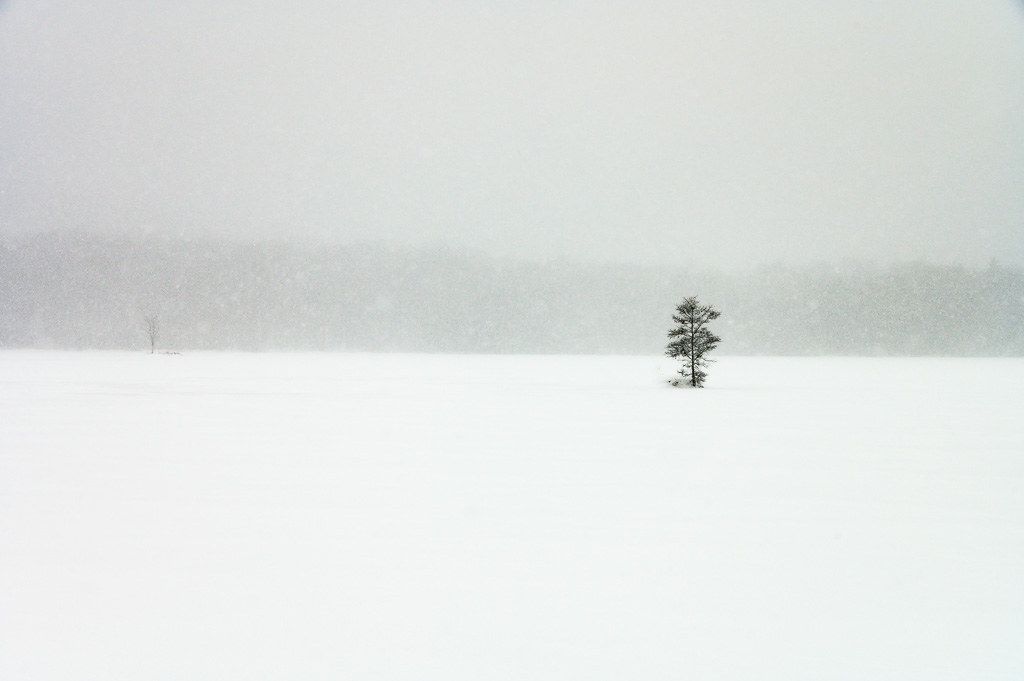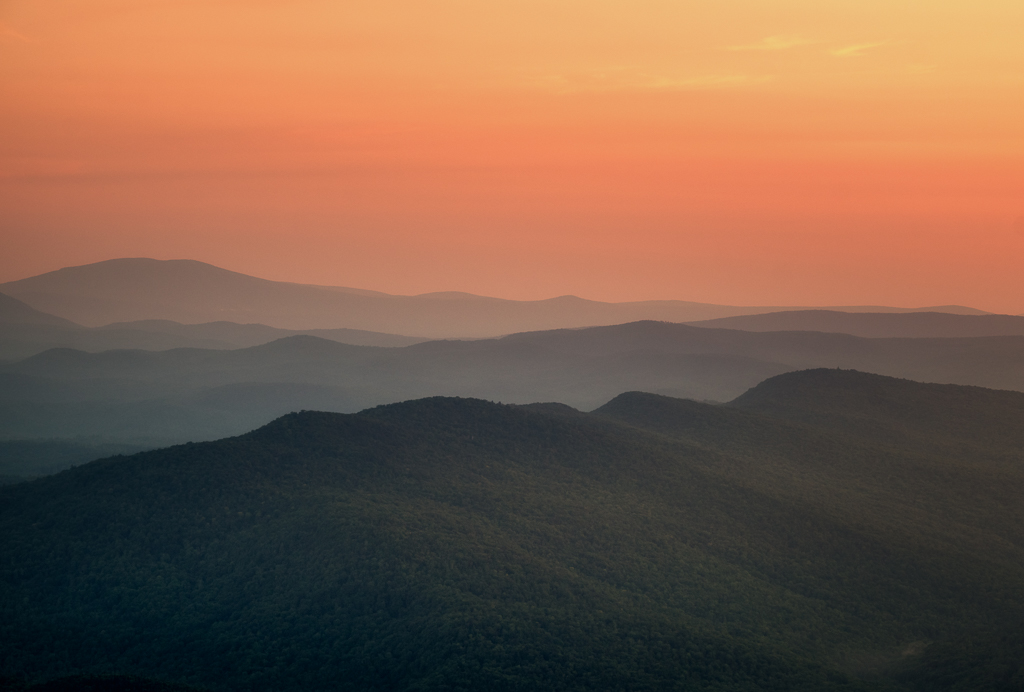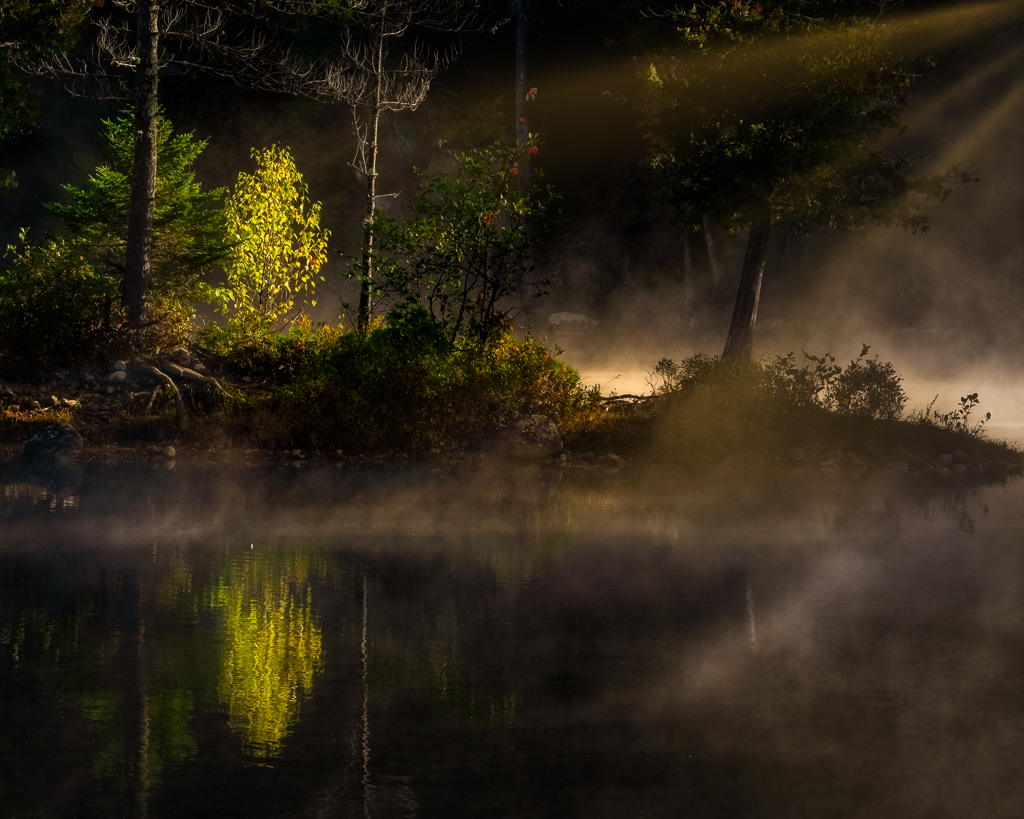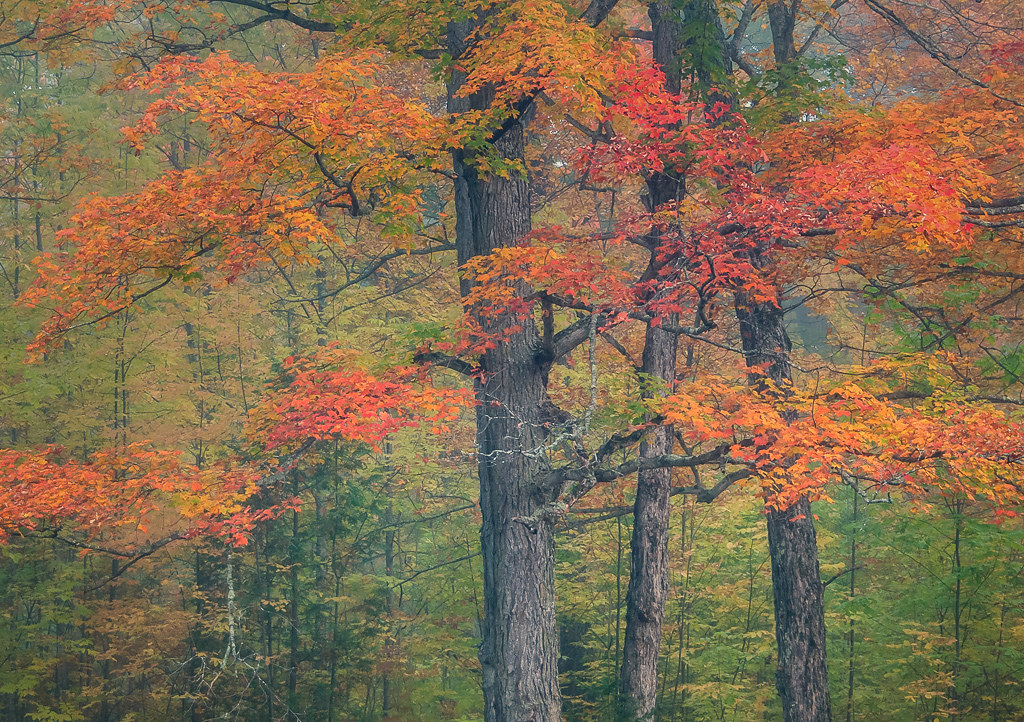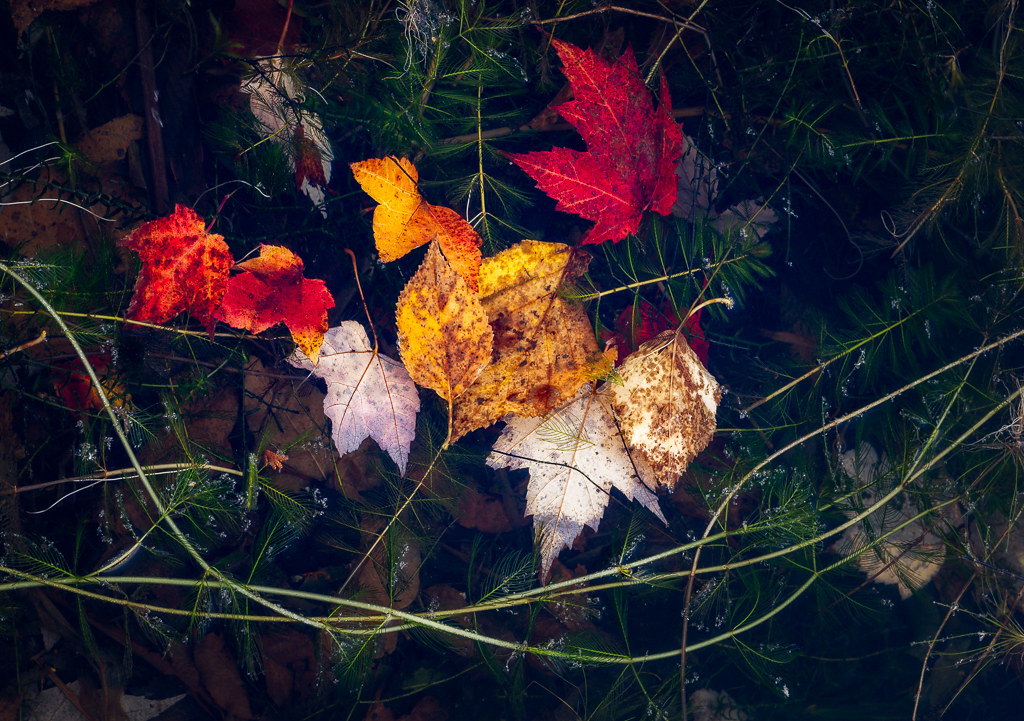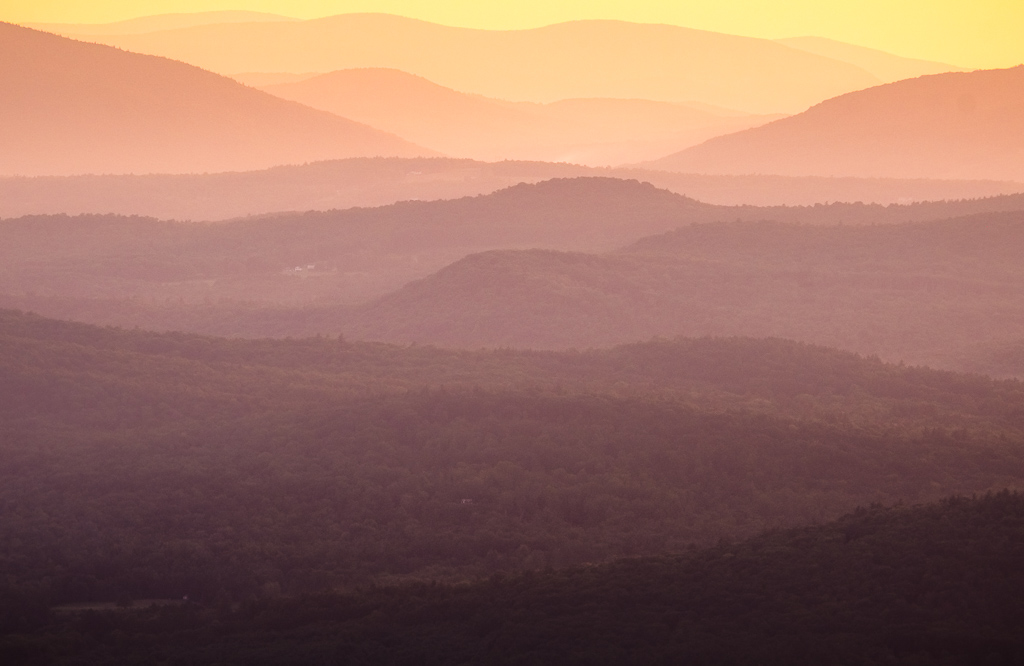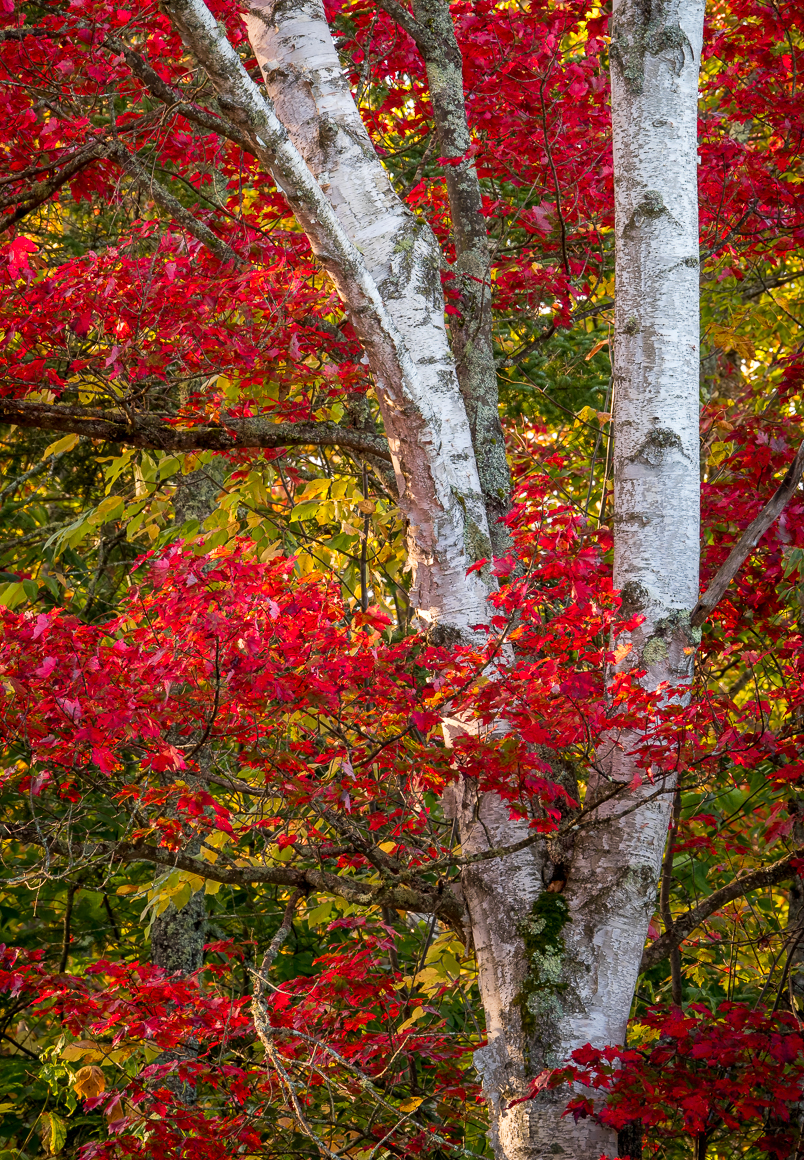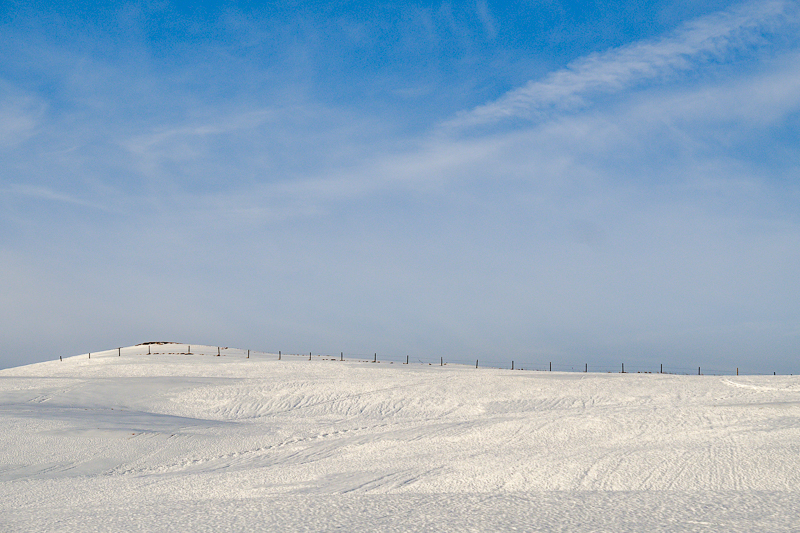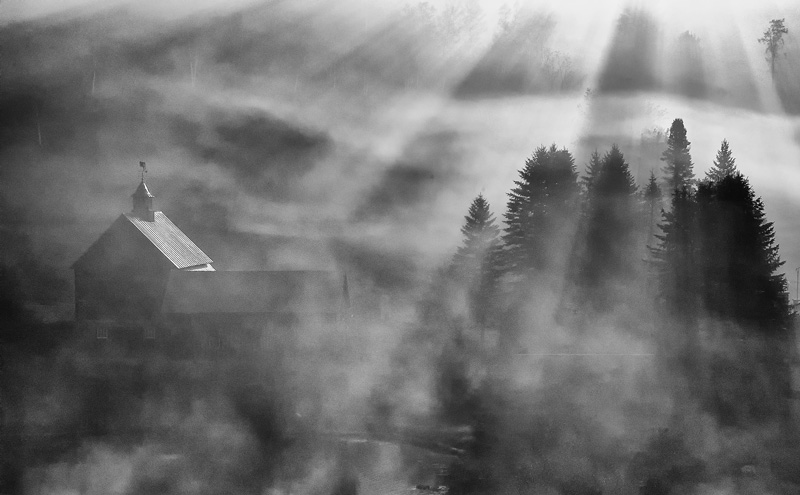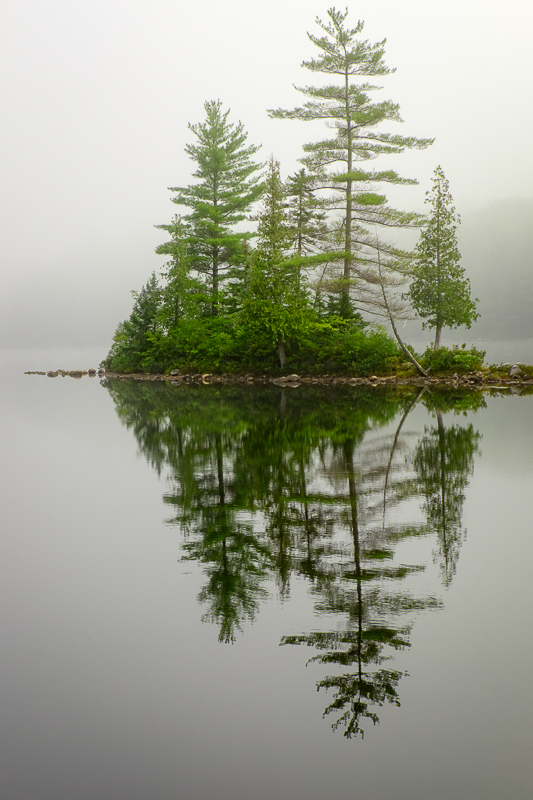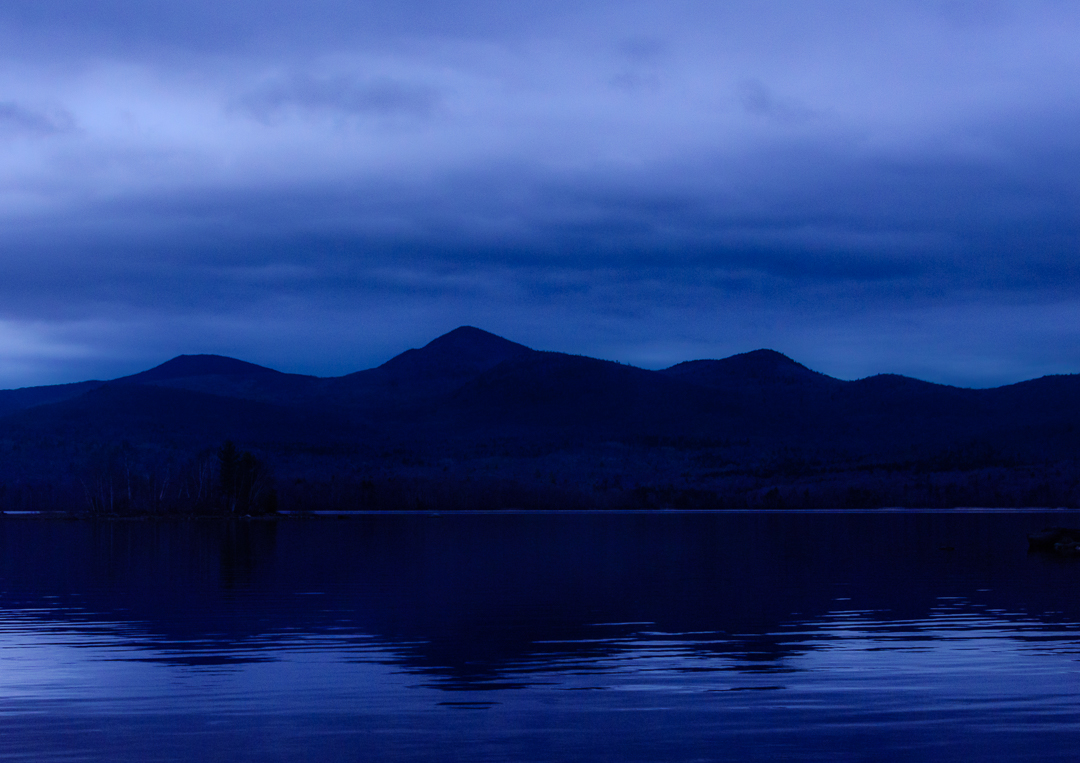Photography comes in many genres and styles. Landscape photography provides me everything I enjoy about the hobby. I can be in the forest or some secluded shoreline for the start of a new day or watch it end from the top of a mountain. I get to experience nature in all weather conditions, and your subject never complains. The best part – you are free to practice anywhere. Landscape subjects come in all shapes and sizes. They come big or small, busy or barren, simple or complex, epic or simple and loud or quiet. I like them all; however, the quiet landscape is what I enjoy most. What is a quiet landscape? Well, it’s the opposite of the loud landscape. In defining what a quiet landscape is, you need to establish a loud landscape. The definition of a quiet landscape will fall into place from there.
A loud landscape, a.k.a; an epic view are those images that offer a grand perspective. They grab you with their grandness. Often captured in what seems like perfect conditions for that location and offering a unique perspective on a beautiful and hard to reach places on the planet. The viewer is in awe of the image, the photographer’s ability to get there, and the knowledge needed to capture such an image. If you need examples, just visit the photo-sharing site 500px. It is known for the number of epic landscape photos uploaded daily. So I have defined the loud landscape. The quiet landscape should be a little easier.
Unlike the loud landscape, the quiet scene does not scream, “take my photo.” They are more subtle, often hidden in plain sight. A quiet landscape can be known by other names – minimalism is a popular term. A quiet landscape can have minimalistic qualities, but it’s not necessary. Its design is clean and often relies on the proper use of negative space. Negative space is the area around the subject. Your subject occupies a positive space. A quiet image will also challenge the viewer to “see” objects in their most primal form. Learn to see a mountain range as a collection of triangles or the horizon as a line between tones. A quiet landscape may seem simple and direct to the viewer, but the photographer begins to realize just how complex nature can be. It is the photographer’s challenge to effectively use the negative and positive space, including shapes, shadows, and tones to create a “simple” clean, quiet image. It’s tougher than it seems.
Many tend to lump abstract photography with quiet or minimalist photography. I stay away from this characterization. Abstract photography is the result of a carefully planned process to take a recognizable subject and create something visually compelling but unrecognizable. The structure of a quiet landscape could be abstract.
The quiet landscape is about slowing down and taking the time to see what is possible within the scene. Your natural inclination is to capture the entire scene in one frame, and that’s fine. Take the time and look for the smaller scenes within. They are the building blocks of the larger view. Over time you will train your eye to recognize textures, lines, colors, and shapes in nature. These components, mixed with proper light and other atmospheric elements, can produce impactful images that rival their epic cousins. At the very least, these images will be uniquely yours and not the famous photos that draw most photographers to a location.
